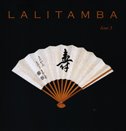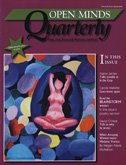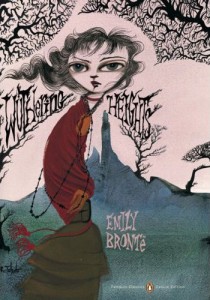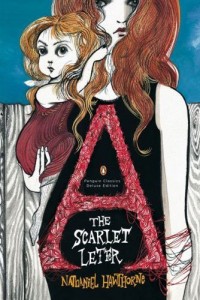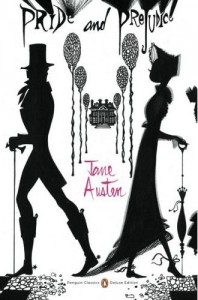Two recent acquisitions have proven wonderful “rereads” for me. Both are illustrated versions of favorite classics, making them appropriate and perhaps more attractive for young readers. The first, from the Candlewick Illustrated Classics, is The Wind in the Willows.
 I would have thought the original story by Kenneth Grahame to be already written at enough of a young adult level, but this illustrated version does add to the enjoyment of this classic tale of friendship and (mis)adventure. Inga Moore, author and illustrator, has contributed the ink and pastel crayon images for this edition, and the story is generously illustrated, including full-page and two-page images as well as numerous inserts. The paintings are extremely well detailed, with full attention given to foreground as well as background, surrounding scenes, captured action, and sequences. At the same time, Moore’s style makes the images seem a bit soft-focus – perfect for the dream-like quality of the tale. They are exactly the types of images that add to, not detract from, the fantastical nature of the story and experience of reading.This compact edition is a sturdy paperback, with generous flaps on both the front and back cover to add stability, and heavier weight, semi-gloss paper throughout.
I would have thought the original story by Kenneth Grahame to be already written at enough of a young adult level, but this illustrated version does add to the enjoyment of this classic tale of friendship and (mis)adventure. Inga Moore, author and illustrator, has contributed the ink and pastel crayon images for this edition, and the story is generously illustrated, including full-page and two-page images as well as numerous inserts. The paintings are extremely well detailed, with full attention given to foreground as well as background, surrounding scenes, captured action, and sequences. At the same time, Moore’s style makes the images seem a bit soft-focus – perfect for the dream-like quality of the tale. They are exactly the types of images that add to, not detract from, the fantastical nature of the story and experience of reading.This compact edition is a sturdy paperback, with generous flaps on both the front and back cover to add stability, and heavier weight, semi-gloss paper throughout.
My only reservation in this edition is the abridged nature. I have never found Kenneth Gramhame’s story excessive in language or detail to such an extent that I feel it necessary to lop off bits. With the interest young readers have now in such extensive stories as the Harry Potter and Eragon series, this story – especially abridged – seems slight. The language and syntax itself in Grahame’s original is not yet so antiquated that a young reader of today would not be able to understand it or connect with it, so again, I’m not sure why the need to abridge by shortening sentences and leaving out serendiptious events. I fear with such a story as this, the abridged version will be all that a young reader might read – especially when it comes in such a pretty package – and they will never know the true original story. Given the opportunity to package it so enticingly, I wish the publisher would have hook-line-and-sinkered it to the full version.
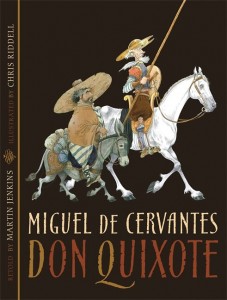 I would not say the same for the second illustrated classics, also from Candlewick Press: Don Quixote. Originally written by Miguel de Cervantes, this hardcover edition is retold by Martin Jenkins and also generously illustrated by Chris Riddell. Every page has at least a line drawing, if not an accompanying full color picture. Many of the line drawings extend full bleed across both pages, while only a few of the color images are allowed to do so. There are, however, dozens of framed, full-page color pictures throughout. To say that this edition is “lavishly illustrated” is an understatement, and yet, it is entirely suitable to the text.
I would not say the same for the second illustrated classics, also from Candlewick Press: Don Quixote. Originally written by Miguel de Cervantes, this hardcover edition is retold by Martin Jenkins and also generously illustrated by Chris Riddell. Every page has at least a line drawing, if not an accompanying full color picture. Many of the line drawings extend full bleed across both pages, while only a few of the color images are allowed to do so. There are, however, dozens of framed, full-page color pictures throughout. To say that this edition is “lavishly illustrated” is an understatement, and yet, it is entirely suitable to the text.
The text itself is a retelling – and one that works well for this particular novel. There would be no doubt in my mind that young adult readers who encounter this version in their youth wouldn’t later seek out the complete version in their more adult years. The two are so very different in style, a curious or devoted reader would be more apt to want to know both. While the language and syntax may be more contemporary and simplified in this retelling, there is certainly no “cleaning up” of the content of the story, which is a relief. Don Quixote’s precarious mental state is as boldly portrayed in this version, as are his repeated beatings and public humiliations – all of which allow the reader to both find humor and deep sympathy for the character. The pace of the text is quick, and the serendipitous adventures kept neatly woven, including Don Quixote’s encounter with Cervantes, the author. For those who have never read this tale or may have forgotten it since high school/early college – it is a densely developed story of many intertwined threads. It is not in any way “light” reading for young adults, but could be categorized as a “smart read” that will entice as well as challenge imaginative young minds.
With the more accessible retelling and addition of magnificent illustrations, this is the kind of book in which young readers will utterly lose themselves – as will any adult, making it a perfect read aloud selection. I highly recommend it for readers who enjoy collecting editions as well as for gift giving; the hardcover, while more pricey, works well with this larger format with heavier paper stock. This is an edition that can remain in a family for generations, and will bring new readers to laugh out loud and shed a tear in their initiation as Don Quixote romantics.







